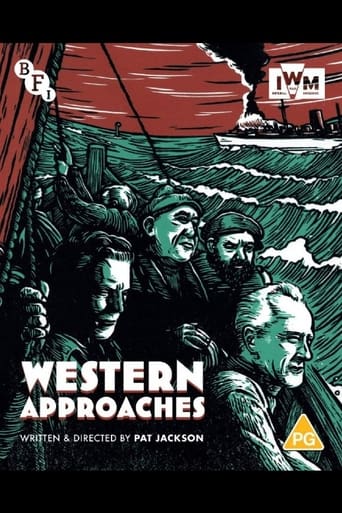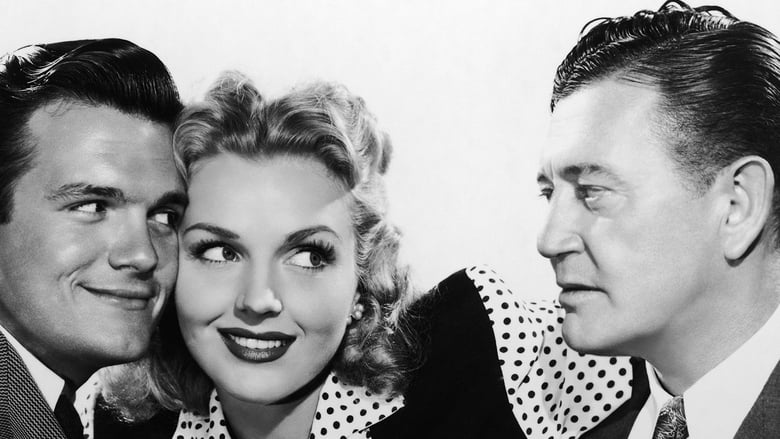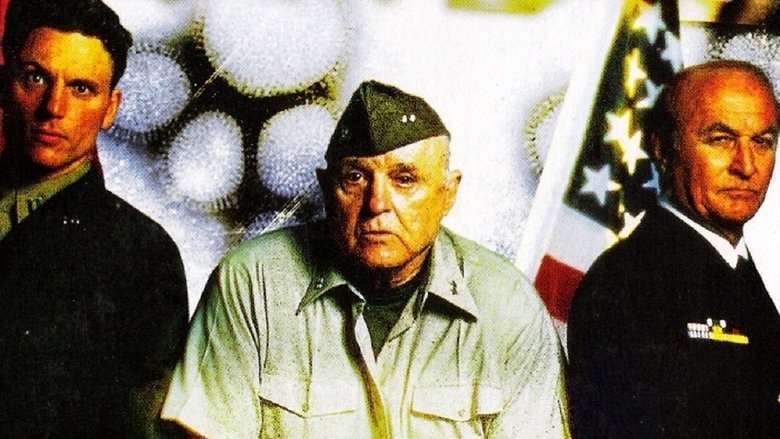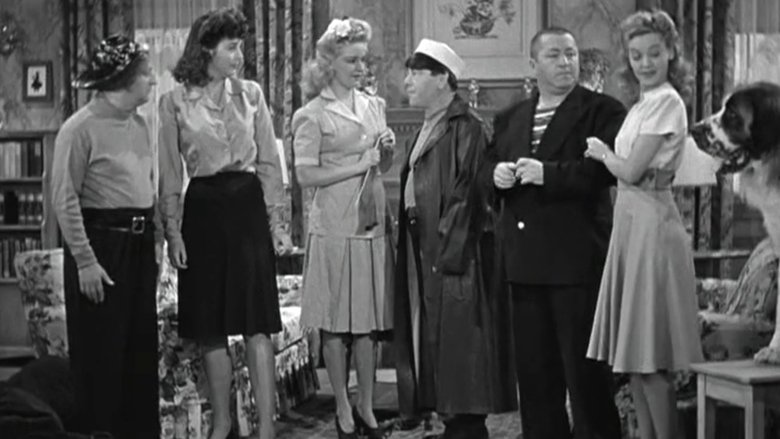A World War II drama-documentary showing the struggles of Merchant Navy seamen following an attack by a U-Boat. Western Approaches is a vast area of ocean control covering thousands of square miles of the Atlantic. In these waters is set this single incident in the fiercest and longest sea battle in history. The players are not professional actors but serving officers and men of Allied Navies and Merchant Fleets. This film is dedicated to them and their comrades who made the Allied victory possible.


Reviews
'Rome Open City', premiered in September 1945, was made with non- professionals; it depicted the war with dramatic intensity; it was filmed in the street as well as the studio. But if you change 'in the street' to 'on the open sea' I could as well be referring to 'Western Approaches' premiered almost a year earlier in December 1944. Rossellini of course went on to even greater things, whereas Pat Jackson, the maker of 'Western Approaches', went on to Hollywood and oblivion of a kind. Pity, because his wartime film is outstanding.For two reasons. It seems to be a drama but is it a documentary about the Atlantic convoys and the perils they faced? or is it a drama made realistic by documentary techniques? That ambivalence makes the film much more compelling, and Jackson can especially take the credit for the melodramatic but still credible idea at the centre of the film which lends it the suspense proper to a fiction film, that of the triangular situation between lifeboat, u-boat and destroyer. The second reason is the use of non-professionals, schooled in part by Jackson to use eye and voice, but also semi-improvising on the script, following it but also saying things in their own words (including a lot of natural naval swearing which the censors jumped upon unfortunately). They bring no baggage of other roles and lend an authenticity at all levels from captain to other officers to the merchant seamen in the lifeboat. It makes the film mesmerizing. Not to be sure Robert Bresson's 'involuntary expressive' but certainly naturally rather than artificially expressive which should be cinema's truest technique.www.timcawkwell.co.uk
Gripping wartime re-enactment of perils at sea by the very people who experienced the harrowing events here depicted (with one or two exceptions), this is an engrossing movie with some of the finest color photography of the decade. Jackson's direction of his non-professional cast is so immaculately adept, it's hard to believe that these are real people on the screen, re-living real events, not actors going through their paces in a script carefully honed for the utmost drama and suspense. True, real events have been telescoped, but, if anything, the terrors we see on the screen have been diluted, rather than magnified. In fact, the whole movie is a tribute not only to the men of the Royal Navy, but to the skill of the film-makers.This was writer-director Pat Jackson's first feature film, yet oddly he was not able to capitalize on his sudden fame. Metro-Goldwyn-Mayer put him under contract, but kept him hanging around doing nothing (and getting paid for it) until handing him a routine "B" assignment starring Ann Sothern and Zachary Scott, Shadow on the Wall, to direct in 1950.Returning to England, Jackson directed White Corridors and one of the Somerset Maugham stories in Encore in 1951. A disappointing Anthony Steel vehicle, intended as an "A" feature but understandably released as a "B", Something Money Can't Buy, followed in 1952. Jackson then remained idle until 1956 when he directed a routine Belinda Lee vehicle, The Feminine Touch, which even made the lovely Belinda seem dull and uninspired. A boring hero (George Baker) didn't help either; while a similarly lack-luster cast (Tony Britton, Sylvia Sims, Jack Watling) and script undermined The Birthday Present (1957). Jackson was fast earning a reputation as a routine hack, but managed to redeem himself with Virgin Island (1959) in which he had the services of a fine group of players headed by Sidney Poitier, John Cassavettes, Virgina Maskell. Although the movie achieved great notices, it failed to recoup its modest negative cost.My guess is that at this point Jackson lost interest – and no wonder! He found work directing two "B" features, Snowball (1960) and Seven Keys (1961). His remaining six films, with the exception of What a Carve Up! which successfully attempted to cash in on the popularity of the Carry On movies – in fact many critics (including me) headlined our reviews, Carry On Carving – were likewise disappointments. In 1964 and 1968, he even directed and wrote quota quickies, Seventy Deadly Pills and On the Run, respectively, for the Children's Film Foundation. So that makes On the Run actually his last movie. King Arthur, the Young Warlord (1975) is a TV cut-down – as was To Chase a Million (1967).P.S. I've omitted Don't Talk to Strange Men (1962) from this line-up. It was banned in 1962 and I've never seen it, although reportedly it is an effective (if very small-scale) thriller.
Very worthwhile reading Pat Jackson's memoir of his beginnings in film, in "Retake Please - Night Mail to Western Approaches" Conversational style easy to follow, and fascinating to learn how he and his crew achieved what they did, sometime through great hardship. He gives a lot of detail as to how effects were achieved, or not as the case may be. Reading his accounts brings home how ground breaking he was in creating his "documentary" style. Much criticism has been levelled at other war documentarians (EG Frank Hurley, II World war, Antarctic, photographer) for falsifying photos in order to achieve the romance of or horror of what they wanted to convey. It is clear in this memoir that Pat Jackson saw himself as having a "rallying the troops" job to do and he had no qualms using the illusions capable in the film technology of the time to get his message across. The most satisfying aspect of this memoir is his warmth and fondness for the people he met along the way, he often quotes from their first meetings in great detail, particularly the non professional casts he employed in Western Approaches. A wonderful read.
The British film industry created a genre in the documentary-type war movie (San Demetrio London, The Cruel Sea, The Colditz Story, etc., etc.) and many of these are now regarded as classics. I am very surprised to see there are no comments on IMDb for 'Western Approaches' because it's a great little film and unique in several ways.Firstly, it was shot in colour by Jack Cardiff, one of the best cinematographers around (think of the use of colour in 'Black Narcissus' and 'The Red Shoes'). The small red sail of the lifeboat set against the unending grey of the sea makes for some wonderful images.Second, the cast were genuine merchant seaman who had fought in the Battle of the Atlantic. Their performances may not be up to professional standards perhaps, but they are heartfelt - thanks to their understanding of the situation torpedoed seamen faced in the war.The plot builds a good deal of suspense into the dilemma of the sailors who want to be rescued, of course, but know they are being used as a decoy for another U-Boat kill.If you get the chance to see this, don't miss it, it's a fine piece of film-making.








